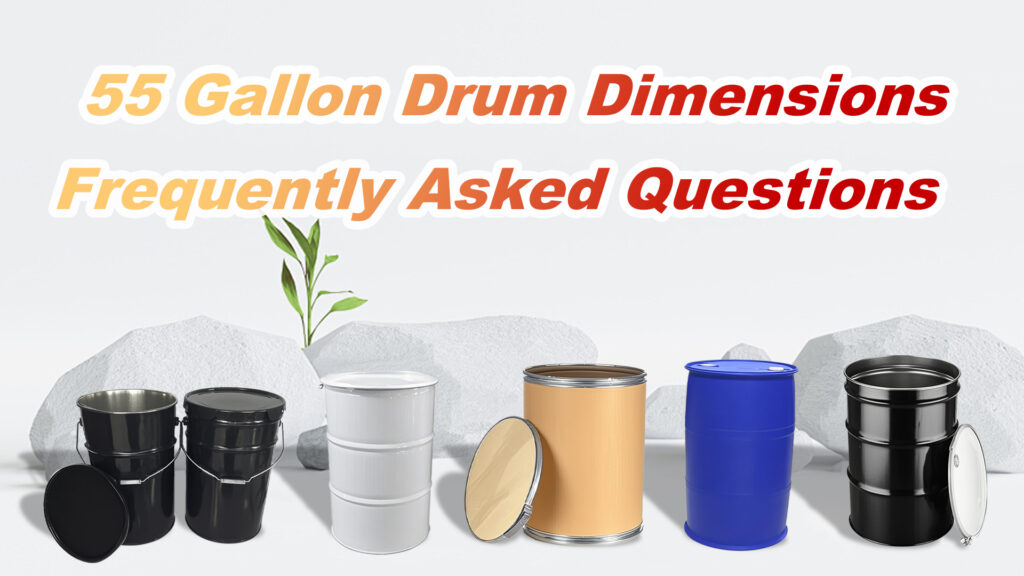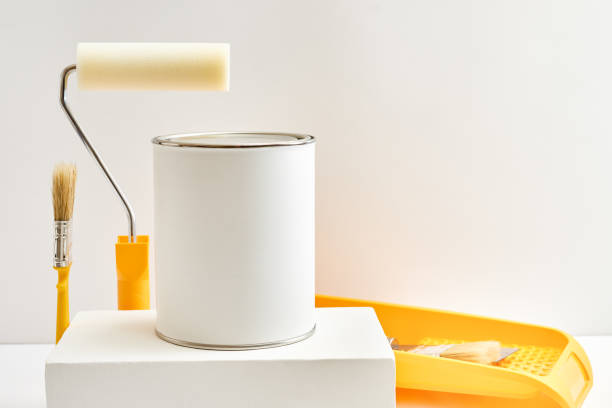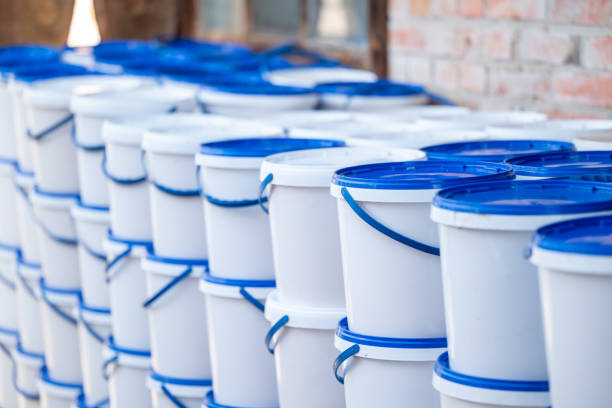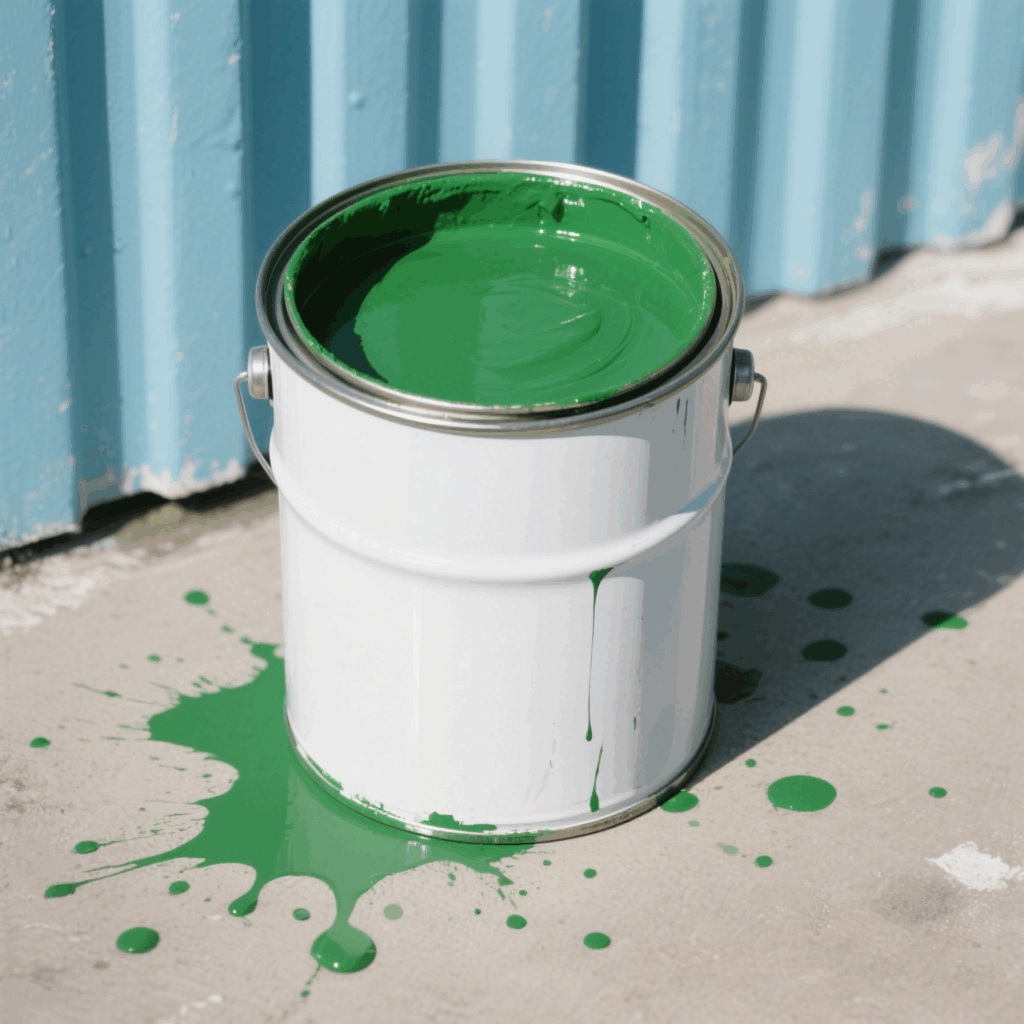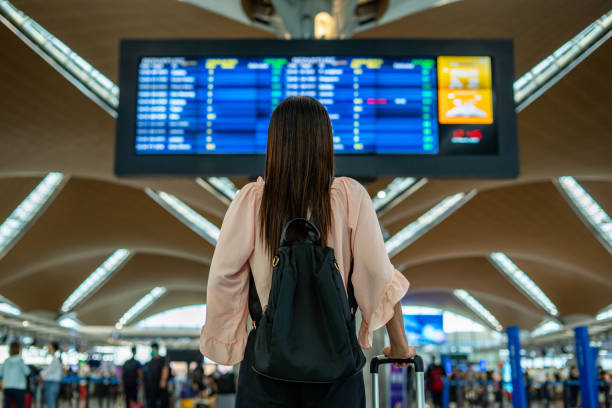
Whether it’s deodorant, dry shampoo, sunscreen, or insect repellent, aerosol products are everyday essentials. But when it comes to air travel, packing these pressurized cans requires a solid understanding of airline rules and safety precautions. In this guide, we’ll walk you through everything you need to know about packing aerosol cans for flying—so you can travel confidently and avoid hassles at security or the gate.
Why Are Aerosol Cans Regulated on Planes?
Aerosol cans are pressurized containers that dispense product in spray form using a propellant. Because they’re flammable or explosive under certain conditions, airlines and aviation authorities have strict regulations to ensure safe transport. Mishandling these items can lead to pressure build-up, leaks, or even fire hazards.
TSA and Airline Rules for Aerosol Cans
✅ What Aerosols Are Allowed in Carry-On Bags?
According to the Transportation Security Administration (TSA) and most international aviation authorities:
-
Personal care aerosols like deodorant, dry shampoo, shaving cream, sunscreen, and hair spray are allowed in carry-on bags.
-
Each container must not exceed 3.4 gram (100 milliliters).
-
All aerosol products must fit within a quart-sized, resealable plastic bag, following the 3-1-1 liquid rule.
? Prohibited in carry-on:
-
Insecticiden (unless labeled for personal use)
-
Spray paints
-
Air fresheners not for personal use
-
Lubricants or flammable sprays
✅ What Aerosols Are Allowed in Checked Luggage?
Aerosols are more lenient in checked luggage, but still regulated:
-
Up to 70 gram (2 liters) total of aerosols for toiletry or medicinal purposes.
-
Each individual container must not exceed 18 gram (500 ml).
-
Must have a protective cap to prevent accidental discharge.
? Prohibited in checked baggage:
-
Spray paints
-
Automotive sprays (unless declared as non-flammable and permitted)
-
Cooking sprays or other non-personal use items (depending on the airline)
? Tip: Always check your airline’s specific policy and the destination country’s rules. Some may be stricter than TSA guidelines.
How to Pack Aerosol Cans Safely for Air Travel
1. Choose the Right Products
-
Opt for travel-size aerosols clearly labeled as under 100ml (for carry-on).
-
Look for non-flammable or water-based formulas to minimize risk.
-
Double-check the label for “flammable,” “combustible,” or hazard symbols.
2. Secure the Nozzle
-
Make sure each can has a tight-fitting cap or nozzle cover.
-
You can also tape the nozzle to prevent it from pressing down during transport.
3. Use Leak-Proof Bags
-
For carry-on: Place all aerosols in a quart-sized resealable plastic bag.
-
For checked luggage: Place cans in ziplock bags or wrap them in clothing to absorb leaks.
4. Pack in the Center of Your Luggage
-
Avoid placing aerosol cans at the edge of your suitcase.
-
Surround them with soft items like clothes to cushion any pressure changes.
Additional Tips for International Travel
-
Check local customs regulations before flying with aerosols to international destinations.
-
Some countries prohibit certain ingredients in aerosol products, like CFCs or DEET.
-
Always declare aerosol cans at customs if required.
Common Questions Travelers Ask
Q: Can I bring cooking spray on a plane?
A: Cooking spray is generally considered flammable and not allowed in carry-on or checked luggage. Best to buy it after arrival.
Q: Will aerosol cans explode in flight?
A: Modern airplane cargo holds are pressurized, so aerosols won’t explode under normal conditions. Echter, heat and impact can still cause leaks or accidents—hence the need for caps and careful packing.
Q: Are air fresheners allowed?
A: Personal-use air fresheners under 3.4 oz are allowed in carry-ons. Large or industrial-use sprays are not permitted.
Samenvatting: Aerosol Travel Packing Checklist
| Item | Carry-On | Checked Bag |
|---|---|---|
| Personal deodorant/hairspray (under 3.4 oz) | ✅ | ✅ |
| Large toiletry aerosols (up to 18 oz) | ❌ | ✅ |
| Insect repellent (personal use) | ✅ (under 3.4 oz) | ✅ |
| Cooking spray / Paint / Lubricant | ❌ | ❌ |
| Protective caps on all cans | ✅ | ✅ |
| Leak-proof plastic bag | ✅ | ✅ |
Conclusie
Aerosol cans can travel with you—if you follow the rules. Whether you’re heading to a sunny beach or a snowy mountain, understanding the guidelines for packing aerosols can save you from delays, fines, or even confiscation. Always use travel-size cans, secure the nozzles, and double-check your airline’s policy. With a little prep, you’ll be ready to fly with confidence.
















